Презентация com skills мерей тлеуберды
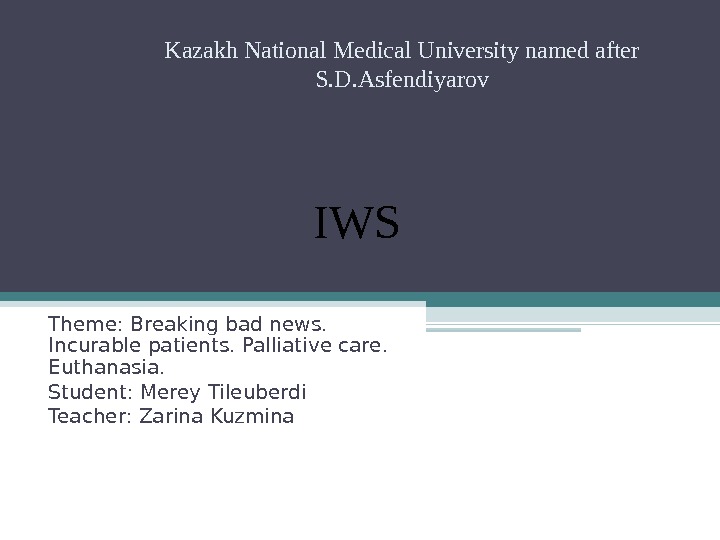
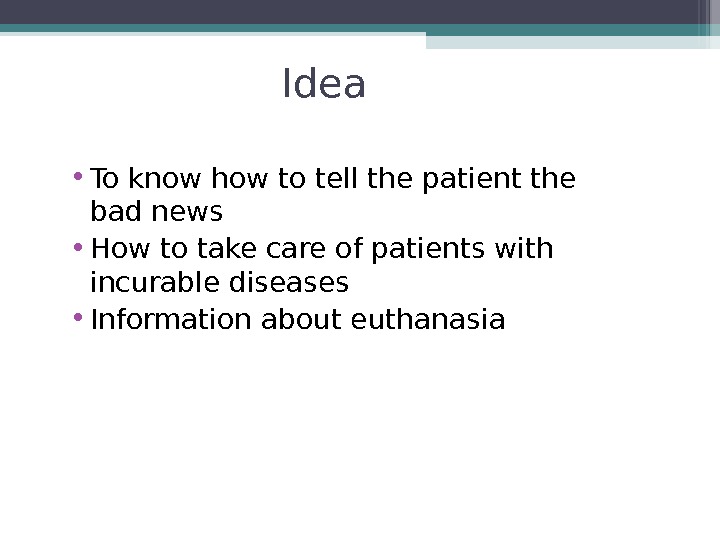
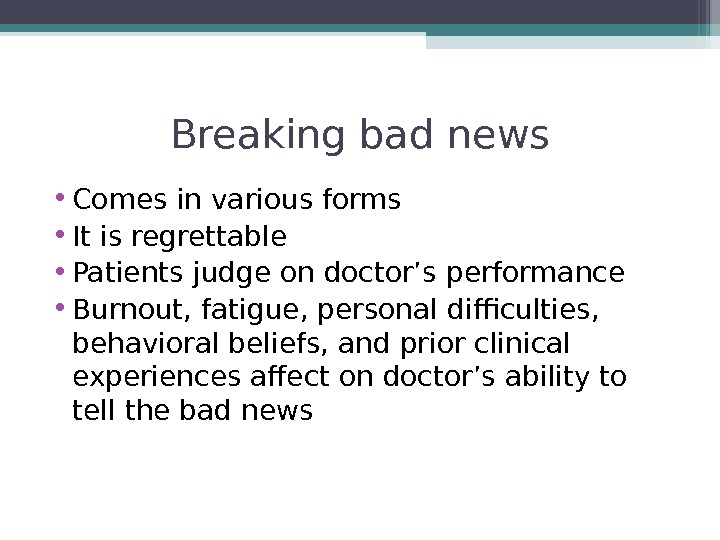
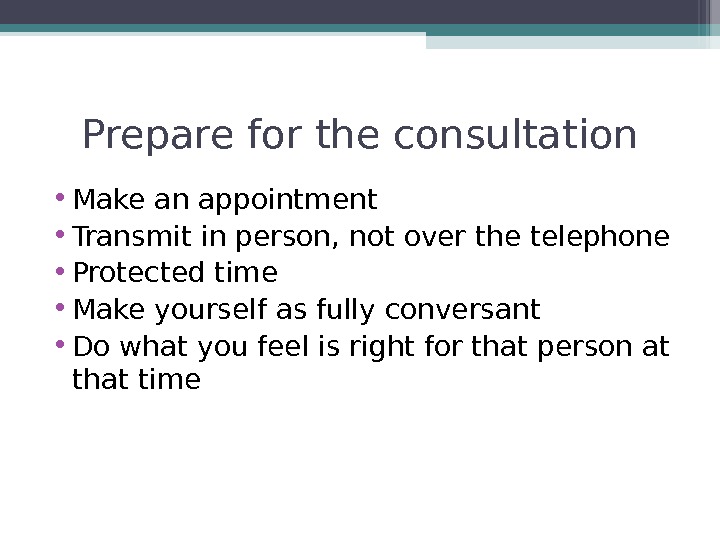
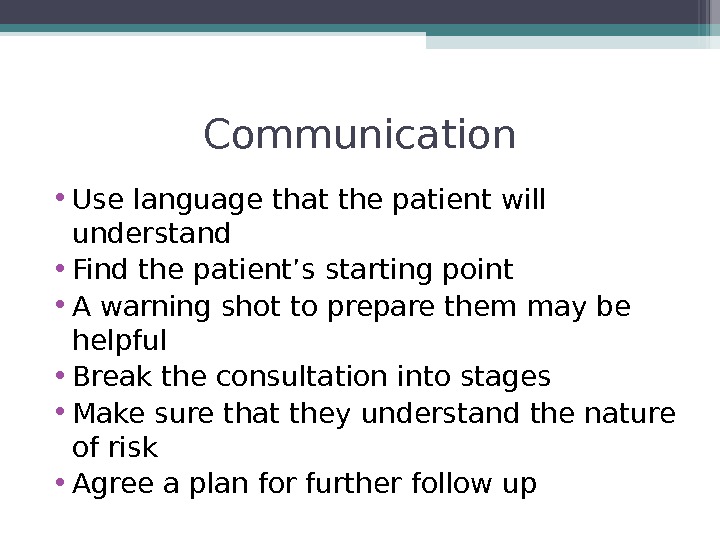

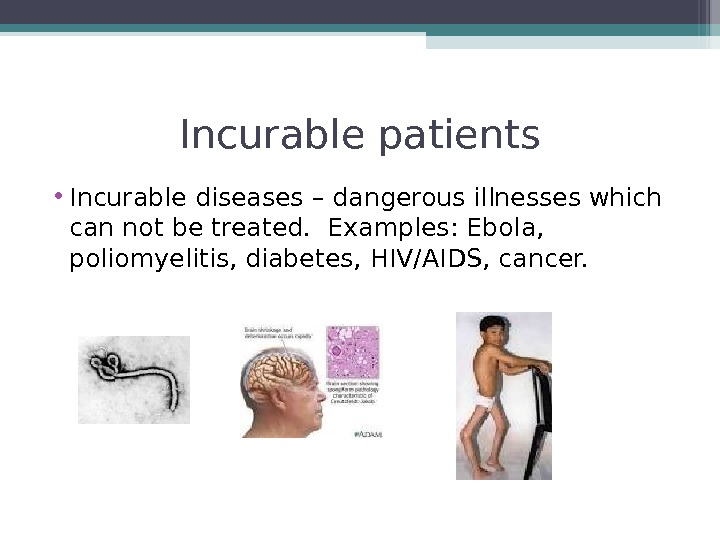
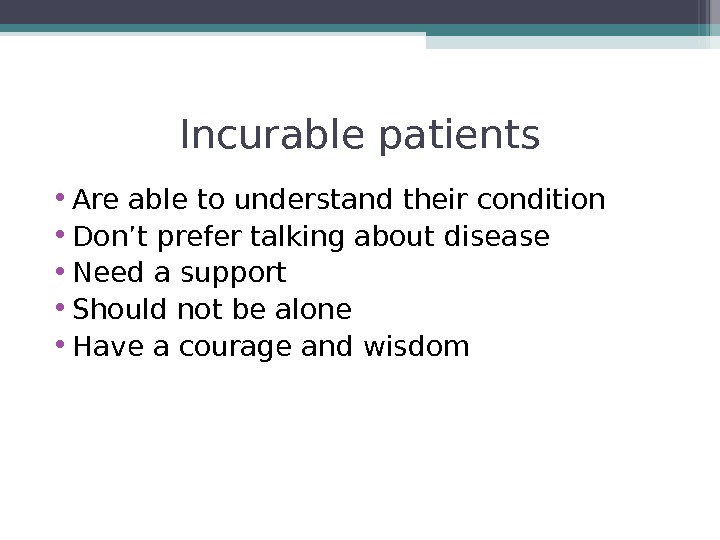

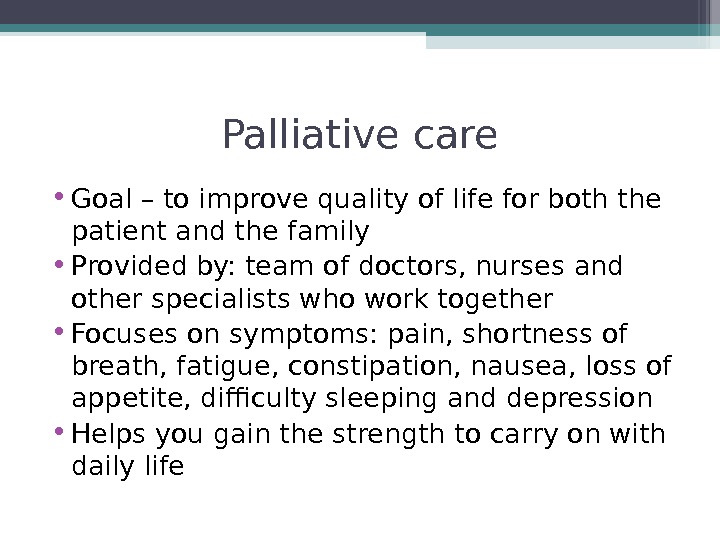
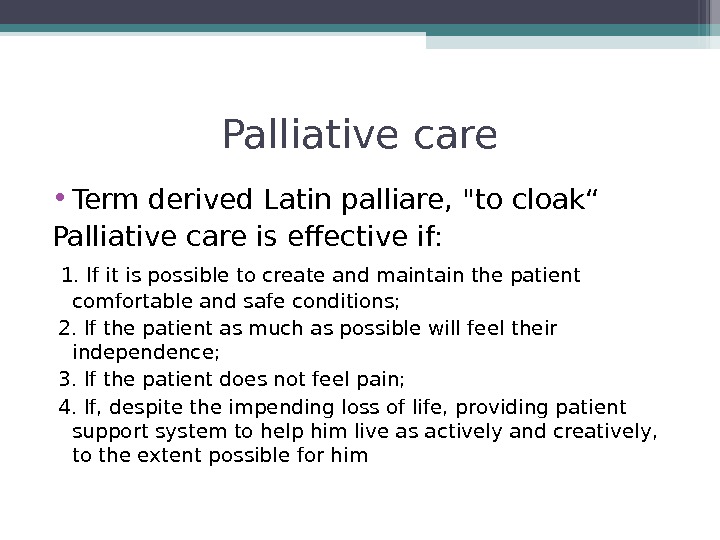
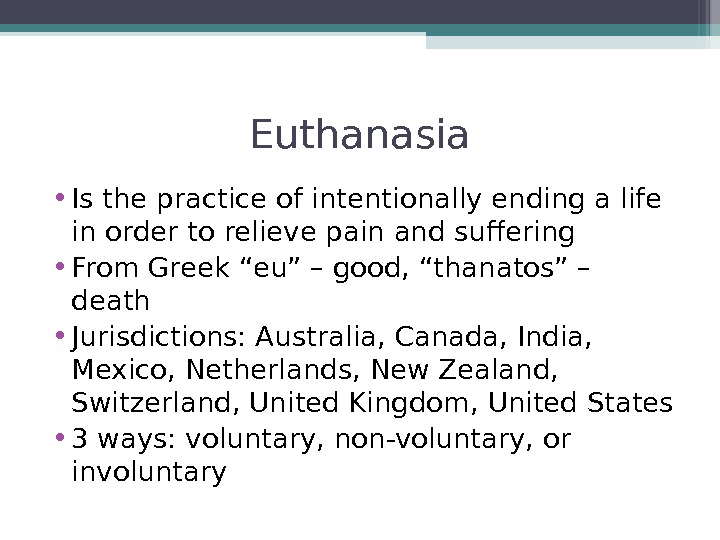
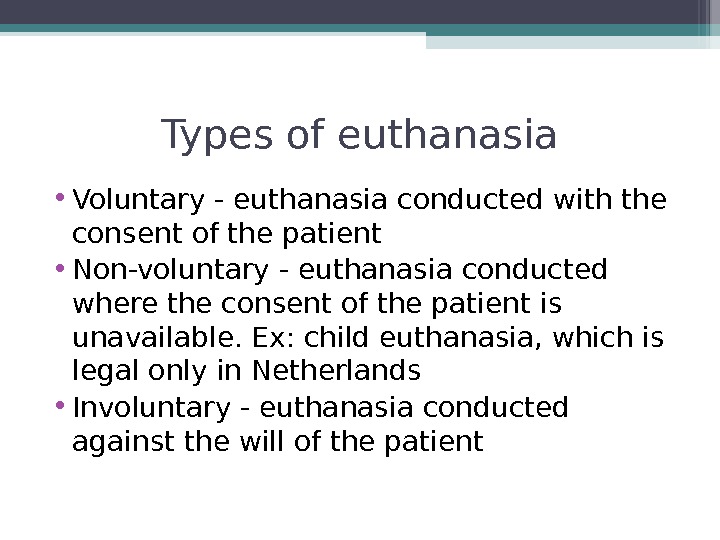
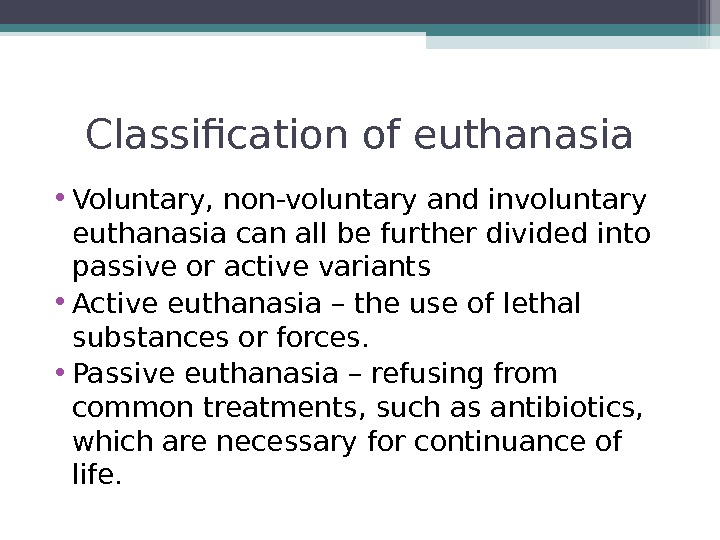

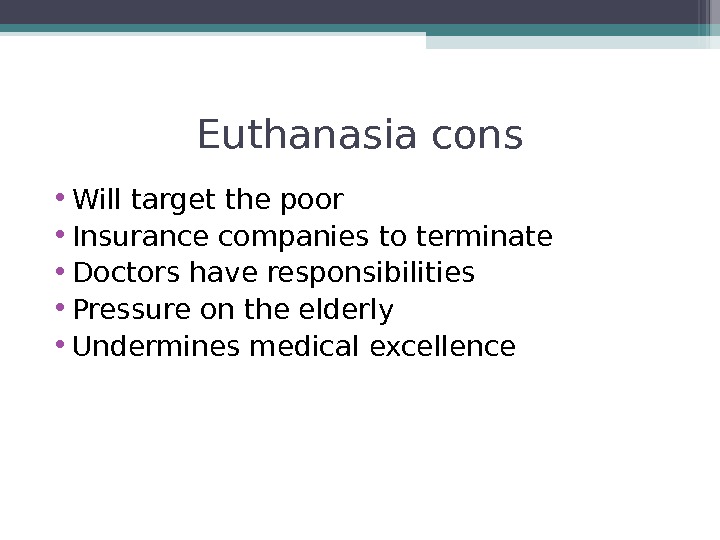
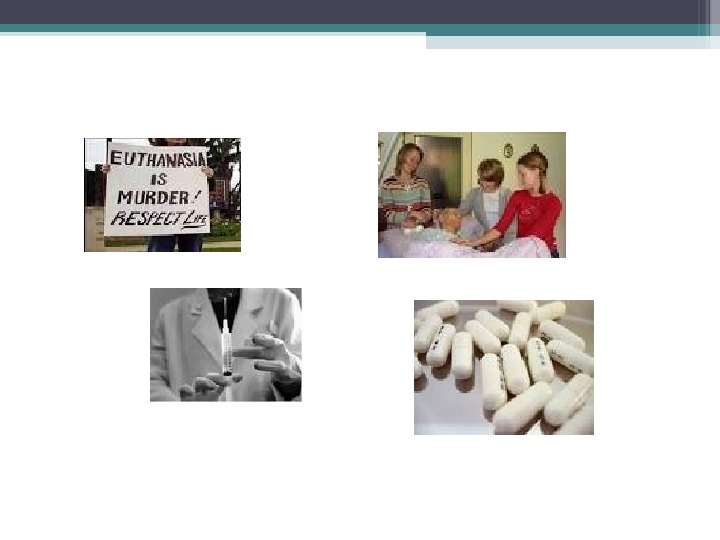
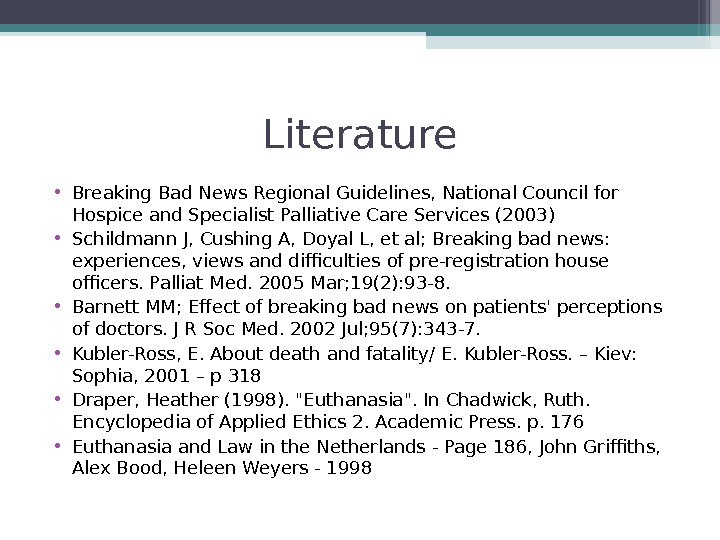

- Размер: 409 Кб
- Количество слайдов: 19
Описание презентации Презентация com skills мерей тлеуберды по слайдам
 Theme: Breaking bad news. Incurable patients. Palliative care. Euthanasia. Student: Merey Tileuberdi Teacher: Zarina Kuzmina Kazakh National Medical University named after S. D. Asfendiyarov IWS
Theme: Breaking bad news. Incurable patients. Palliative care. Euthanasia. Student: Merey Tileuberdi Teacher: Zarina Kuzmina Kazakh National Medical University named after S. D. Asfendiyarov IWS
 Idea • To know how to tell the patient the bad news • How to take care of patients with incurable diseases • Information about euthanasia
Idea • To know how to tell the patient the bad news • How to take care of patients with incurable diseases • Information about euthanasia
 Breaking bad news • Comes in various forms • It is regrettable • Patients judge on doctor’s performance • Burnout, fatigue, personal difficulties, behavioral beliefs, and prior clinical experiences affect on doctor’s ability to tell the bad news
Breaking bad news • Comes in various forms • It is regrettable • Patients judge on doctor’s performance • Burnout, fatigue, personal difficulties, behavioral beliefs, and prior clinical experiences affect on doctor’s ability to tell the bad news
 Prepare for the consultation • Make an appointment • Transmit in person, not over the telephone • Protected time • Make yourself as fully conversant • Do what you feel is right for that person at that time
Prepare for the consultation • Make an appointment • Transmit in person, not over the telephone • Protected time • Make yourself as fully conversant • Do what you feel is right for that person at that time
 Communication • Use language that the patient will understand • Find the patient’s starting point • A warning shot to prepare them may be helpful • Break the consultation into stages • Make sure that they understand the nature of risk • Agree a plan for further follow up
Communication • Use language that the patient will understand • Find the patient’s starting point • A warning shot to prepare them may be helpful • Break the consultation into stages • Make sure that they understand the nature of risk • Agree a plan for further follow up
 Concluding the consultation • Finish with a summary and plan for the next steps • Try to leave on a positive note • Record the consultation • Reflect on what went well and what if anything you would have liked to have done better • Emotional experience for the doctor
Concluding the consultation • Finish with a summary and plan for the next steps • Try to leave on a positive note • Record the consultation • Reflect on what went well and what if anything you would have liked to have done better • Emotional experience for the doctor
 Incurable patients • Incurable diseases – dangerous illnesses which can not be treated. Examples: Ebola, poliomyelitis, diabetes, HIV/AIDS, cancer.
Incurable patients • Incurable diseases – dangerous illnesses which can not be treated. Examples: Ebola, poliomyelitis, diabetes, HIV/AIDS, cancer.
 Incurable patients • Are able to understand their condition • Don’t prefer talking about disease • Need a support • Should not be alone • Have a courage and wisdom
Incurable patients • Are able to understand their condition • Don’t prefer talking about disease • Need a support • Should not be alone • Have a courage and wisdom
 Palliative care • Palliative care is an approach that improves the quality of life of patients and their families facing the problem associated with life-threatening illness, through the prevention and relief of suffering by means of early identification and impeccable assessment and treatment of pain and other problems, physical, psychosocial, and spiritual.
Palliative care • Palliative care is an approach that improves the quality of life of patients and their families facing the problem associated with life-threatening illness, through the prevention and relief of suffering by means of early identification and impeccable assessment and treatment of pain and other problems, physical, psychosocial, and spiritual.
 Palliative care • Goal – to improve quality of life for both the patient and the family • Provided by: team of doctors, nurses and other specialists who work together • Focuses on symptoms: pain, shortness of breath, fatigue, constipation, nausea, loss of appetite, difficulty sleeping and depression • Helps you gain the strength to carry on with daily life
Palliative care • Goal – to improve quality of life for both the patient and the family • Provided by: team of doctors, nurses and other specialists who work together • Focuses on symptoms: pain, shortness of breath, fatigue, constipation, nausea, loss of appetite, difficulty sleeping and depression • Helps you gain the strength to carry on with daily life
 Palliative care • Term derived Latin palliare, «to cloak“ Palliative care is effective if: 1. If it is possible to create and maintain the patient comfortable and safe conditions; 2. If the patient as much as possible will feel their independence; 3. If the patient does not feel pain; 4. If, despite the impending loss of life, providing patient support system to help him live as actively and creatively, to the extent possible for him
Palliative care • Term derived Latin palliare, «to cloak“ Palliative care is effective if: 1. If it is possible to create and maintain the patient comfortable and safe conditions; 2. If the patient as much as possible will feel their independence; 3. If the patient does not feel pain; 4. If, despite the impending loss of life, providing patient support system to help him live as actively and creatively, to the extent possible for him
 Euthanasia • Is the practice of intentionally ending a life in order to relieve pain and suffering • From Greek “eu” – good, “thanatos” – death • Jurisdictions: Australia, Canada, India, Mexico, Netherlands, New Zealand, Switzerland, United Kingdom, United States • 3 ways: voluntary, non-voluntary, or involuntary
Euthanasia • Is the practice of intentionally ending a life in order to relieve pain and suffering • From Greek “eu” – good, “thanatos” – death • Jurisdictions: Australia, Canada, India, Mexico, Netherlands, New Zealand, Switzerland, United Kingdom, United States • 3 ways: voluntary, non-voluntary, or involuntary
 Types of euthanasia • Voluntary — euthanasia conducted with the consent of the patient • Non-voluntary — euthanasia conducted where the consent of the patient is unavailable. Ex: child euthanasia, which is legal only in Netherlands • Involuntary — euthanasia conducted against the will of the patient
Types of euthanasia • Voluntary — euthanasia conducted with the consent of the patient • Non-voluntary — euthanasia conducted where the consent of the patient is unavailable. Ex: child euthanasia, which is legal only in Netherlands • Involuntary — euthanasia conducted against the will of the patient
 Classification of euthanasia • Voluntary, non-voluntary and involuntary euthanasia can all be further divided into passive or active variants • Active euthanasia – the use of lethal substances or forces. • Passive euthanasia – refusing from common treatments, such as antibiotics, which are necessary for continuance of life.
Classification of euthanasia • Voluntary, non-voluntary and involuntary euthanasia can all be further divided into passive or active variants • Active euthanasia – the use of lethal substances or forces. • Passive euthanasia – refusing from common treatments, such as antibiotics, which are necessary for continuance of life.
 Euthanasia pros • ill people should have the right to end their suffering with a quick, dignified, and compassionate death • improves quality of life • it won’t target vulnerable • the alternatives are horrifying • the Hippocratic oath
Euthanasia pros • ill people should have the right to end their suffering with a quick, dignified, and compassionate death • improves quality of life • it won’t target vulnerable • the alternatives are horrifying • the Hippocratic oath
 Euthanasia cons • Will target the poor • Insurance companies to terminate • Doctors have responsibilities • Pressure on the elderly • Undermines medical excellence
Euthanasia cons • Will target the poor • Insurance companies to terminate • Doctors have responsibilities • Pressure on the elderly • Undermines medical excellence

 Literature • Breaking Bad News Regional Guidelines, National Council for Hospice and Specialist Palliative Care Services (2003) • Schildmann J, Cushing A, Doyal L, et al; Breaking bad news: experiences, views and difficulties of pre-registration house officers. Palliat Med. 2005 Mar; 19(2): 93 -8. • Barnett MM; Effect of breaking bad news on patients’ perceptions of doctors. J R Soc Med. 2002 Jul; 95(7): 343 -7. • Kubler-Ross, E. About death and fatality/ E. Kubler-Ross. – Kiev: Sophia, 2001 – p 318 • Draper, Heather (1998). «Euthanasia». In Chadwick, Ruth. Encyclopedia of Applied Ethics 2. Academic Press. p. 176 • Euthanasia and Law in the Netherlands — Page 186, John Griffiths, Alex Bood, Heleen Weyers —
Literature • Breaking Bad News Regional Guidelines, National Council for Hospice and Specialist Palliative Care Services (2003) • Schildmann J, Cushing A, Doyal L, et al; Breaking bad news: experiences, views and difficulties of pre-registration house officers. Palliat Med. 2005 Mar; 19(2): 93 -8. • Barnett MM; Effect of breaking bad news on patients’ perceptions of doctors. J R Soc Med. 2002 Jul; 95(7): 343 -7. • Kubler-Ross, E. About death and fatality/ E. Kubler-Ross. – Kiev: Sophia, 2001 – p 318 • Draper, Heather (1998). «Euthanasia». In Chadwick, Ruth. Encyclopedia of Applied Ethics 2. Academic Press. p. 176 • Euthanasia and Law in the Netherlands — Page 186, John Griffiths, Alex Bood, Heleen Weyers —
 Thank you for attention!!!
Thank you for attention!!!
